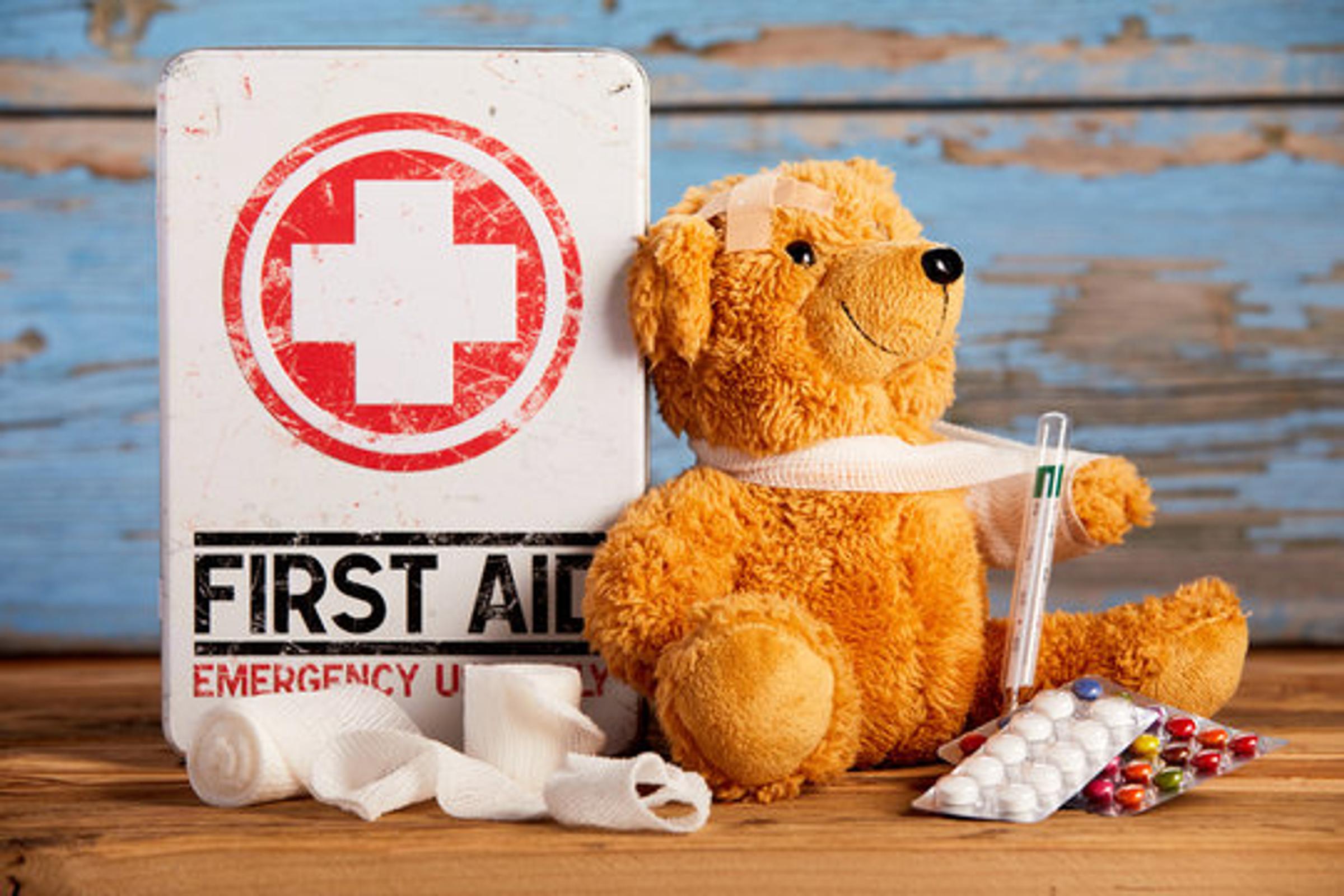First Aid News

'The flu' and keeping all staff, students and families well.
If you child is sent home because they are unwell - there can be various symptoms. It may not mean they have COVID - there are alot of other viruses that are around at the moment.
Children who are present with cold like symptoms are asked to stay home until they are well, to contain the risk of spreading within our community.
The information below is taken from the Department of Health website, and we have included the link below.
https://www.health.vic.gov.au/infectious-diseases/influenza
Notification requirement for influenza
Influenza is a ‘routine’ notifiable condition and must be notified by pathology services in writing within 5 days of laboratory confirmation. This is a Victorian statutory requirement.
Medical practitioners are not required to notify cases of influenza.
Primary school and children’s services centre exclusion for influenza
Exclusion from school and childcare is recommended until symptoms resolve.
Infectious agent of influenza
Influenza virus (types A, B and rarely C) is the causative agent.
Identification of influenza
Clinical features
Influenza is an acute respiratory disease. Symptoms include fever, cough, headache, myalgia, lethargy, coryza, and sore throat.
Most symptoms resolve within 2 to 7 days, although the cough may persist for longer. Complications of influenza include middle-ear infections, secondary bacterial pneumonia, and exacerbation of underlying chronic health conditions.
Severe disease and complications occur primarily among the elderly and those debilitated by a chronic disease, including diabetes, cardiac disease, and chronic respiratory conditions. Other people at increased risk of severe disease include Aboriginal or Torres Strait Islander people, pregnant women, and children under 5 years of age.
Diagnosis
A clinical diagnosis can be confirmed by
- detection of influenza virus by culture or polymerase chain reaction (PCR) testing of an appropriate respiratory specimen, such as nasopharyngeal aspirate or nose and throat swabs, taken within 5 (preferably 2) days of onset.
- serology performed on blood specimens taken during the acute and convalescent stages, however this provides a retrospective diagnosis and is therefore less useful for clinical or outbreak management.
Incubation period of influenza virus
The incubation period is 1 to 4 days, with an average of 2 days for seasonal influenza.
Public health significance and occurrence of influenza
In Victoria, influenza cases peak during the winter months, however infections can occur throughout the year. Influenza activity and disease severity varies from year to year, dependent on the circulating viruses, level of immunity of the population (from vaccination and past infection), and effectiveness of the annual vaccine.
Influenza A and/or B viruses circulate globally causing sporadic cases and epidemics. Influenza C virus occurs less frequently and usually causes mild infections.
The envelopes of influenza viruses contain two surface proteins, hemagglutinin (H) and neuraminidase (N). Influenza A viruses can be classified into subtypes according to combinations of these H and N proteins.
Influenza viruses mutate easily, resulting in antigenic changes in the H and N surface proteins. Gradual changes in the viral antigens (antigenic drift) are responsible for seasonal epidemics of influenza, therefore influenza vaccines need to be formulated each year to counter influenza strains that are most likely to circulate.
An influenza pandemic may occur when there is a significant change in the antigenic makeup of the virus (antigenic shift) resulting in a new highly virulent strain to which there is little or no immunity in the population. Influenza pandemics spread on a worldwide scale and infect a large proportion of the human population.
Seasonal influenza results in an estimated 3,500 deaths each year in Australia, over 300,000 general practitioner consultations, and 18,000 hospitalisations.
Population groups at increased risk of severe disease, hospitalisation, and mortality include the elderly, children less than 5 years of age, and Aboriginal and Torres Strait Islander peoples.
Forcyte Pathology COVID PCR testing sites are now screening for Influenza A, and B. Symptoms are similar, but treatments can differ.
